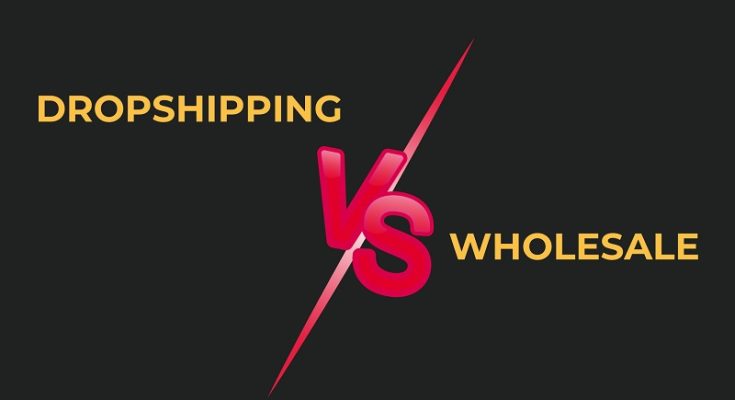Many online sellers face a tough choice when entering the digital space. They must decide between dropshipping and bulk buying. Each model offers different advantages and limits. A smart decision can affect profit and growth. A wrong choice can slow down progress. Each model fits different needs and goals. So the key is to understand what works best for your niche. It depends on product type, target market, and budget. The aim is to find a plan that supports steady growth and builds customer trust.
Understanding Dropshipping
Dropshipping is a lean supply model that helps beginners. A seller lists items online but does not store or ship them. A supplier handles all fulfillment tasks. This model saves cost and lowers risk. There is no need for warehouses or heavy inventories. Product testing becomes easy and fast. However, control over quality is limited. Delivery time can be long and uncertain. Therefore user satisfaction may face challenges. This model suits sellers who value flexibility and low financial pressure. It is great for testing new ideas.
Exploring Bulk Buying
Bulk buying follows a different road. Sellers order large product quantities upfront. They handle storage, packaging, and shipping. This approach gives full control over stock and branding. It often reduces unit cost and ensures reliable quality. It also allows faster shipping and better customer experience. However, it requires a higher initial investment. There is a risk of overstock and unsold goods. Still it can build stronger supply relationships. It suits stable niches with known demand. It rewards careful planning and market knowledge. A successful plan needs good cash flow and strategy.
Comparing Risk and Reward
Dropshipping carries low entry risk but smaller profit margins. Bulk buying brings higher risk but better returns per item. Each model depends on goals and resources. Therefore a new seller may prefer dropshipping. It offers room to learn and adjust. An experienced one may move to bulk buying for growth. The right path relies on research and product type. A lightweight or trending item fits dropshipping well. A classic or fast selling item fits bulk buying better. Both models require attention to customer service and reliability.
Choosing the Right Model for Your Niche
Every niche has its rhythm and demand pattern. A fashion brand may prefer dropshipping for variety. A skincare store may choose bulk buying for trust. The final choice must match business identity. Market study helps define that direction. Testing both models can reveal what works better. The model must suit cash flow and time goals. The wholesale ecommerce buying encourages flexible sourcing and digital reach. A sustainable plan ensures long term benefits. The right mix of price, control, and risk creates balance.




